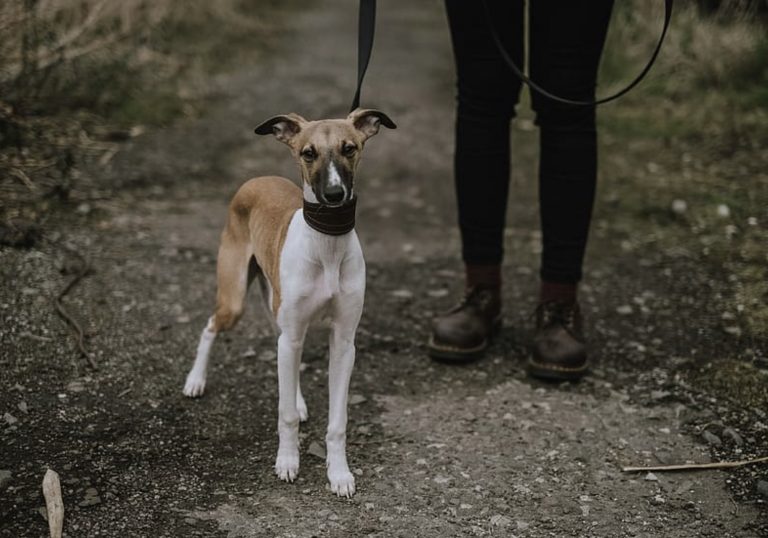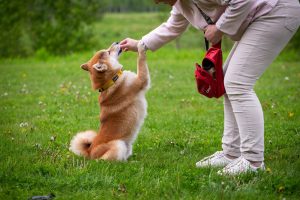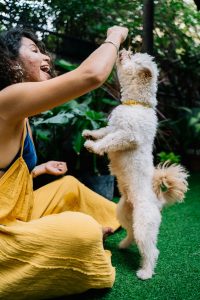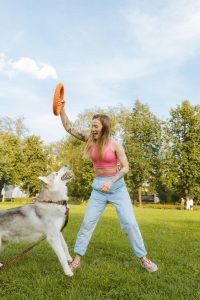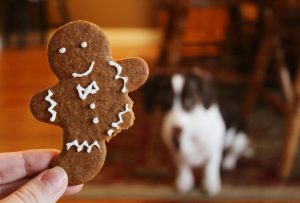Loose Leash walking means that your dog walks by your side and is not pulling on the leash at any time. One of the worst things an owner can assume is that his dog will know how to walk on leash out of the box. Sadly, that is not the case.
Loose leash is one of the best tools you have in your arsenal for learning safe and convenient walking with your puppy.
Remember, when you go out for a walk, distractions lure out of every corner. Those include other dogs, people, smells, noses, marking opportunities, and so much more.
Teaching your dog to walk on a loose leash will make your walk more enjoyable, but also prevents behaviors like leash reactivity, constant marking, fear, tantrum, and more.
Why you need loose leash training?
One can say that loose leash is the most important activity to teach after a good recall. Why? Because puling on a leash is a huge problem and challenge for any dog owner.
Pulling on the lead can result in other problematic behaviors. Usually, pulling on the lead is caused by excitement, impatience, stress, and frustration. You can check if your dog know how to walk on a loose leash by changing its direction.
Try to change directions without saying anything. If your puppy is following you without leash being tensed, you did well. If that is not the case, you have to work more on loose leash walking. No tension on a lead when changing directions, that means full engagement on your dog’s part.
Here are the characteristics of loose leash walking:
- No leash walking
- The leash is in a J shape
- Your dog walks by your side
- Your puppy doesn’t sniff or mark constantly
- Your pet ignores stimulus like noises, people, and dogs
How to teach your dog to walk on loose leash
Now, how can you achieve this amazing technique? Well, here are some step-by-step instructions on how to teach your dog to walk on a loose leash.
- Start by filling your pocket or your treat pouch with treats. You will need plenty of them
- Decide which side you want your dog to walk on (usually, it is the left side). Hold a few treats on that side of your body. Example – you want your dog on the left side, hold treats in your left hand
- Hold the leash in the hand opposite the dog. That means if your dog is on the left side, you hold the end of the leash in your right hand and let it hang loosely in a J shape
- Take just one step, and then stop. It doesn’t matter if your puppy is not in heel position. Feed your puppy some treats from your hand in line with the steam of your pants. It helps position your puppy
- Repeat, but take a few more steps, feed a treat at your side
- Aim for the dog to look eagerly up at you for more treats/kibble. Increase the amount of steps
- If your puppy pulls ahead, stop walking immediately. At this point, call your dog back to you, or use treats to lure him back into position. Do not treat instantly, take two or three steps forward before feeding. This will prevent your dog from thinking, “I pull ahead, I come back, I eat”. Instead, you want your dog to know that walking alongside you will result in reward, not pulling
- Gradually take more steps between each treat and talk to your dog to keep its focus/attention on you
- Once your dog is comfortably walking on a loose leash by your side, you can give the walk a name/command/cue
Tips to Improve Your Loose Leash Walking Game
Loose leash is one of the walking skills you have to master as soon as possible. Yes, it is possible to master it with an older puppy. But the sooner you start, the more you will enjoy your walks.
At times, it is excruciating to try and teach your puppy. But with practice and some tips, you can get there. Remember, the more you work together, the faster the progress will come.
One of the best ways to practice loose leash is to go on a structured walk. Think of this type of walk as one that serves a purpose. It is not something just for exercise and toilet, but one that serves a purpose.
During a structured walk, your dog has a job, and that is to walk, plain and simple. There are no greetings, sniffing, potty, or anything else. To make it work, allow your dog to go potty at the start of the walk and then shift to structure walk.
Start indoors. Do not move the party outside until you master the training process inside. Save the outdoors for potty and structure walk. Practice loose leash walking inside.
Do not think about the route. Think about time. In the beginning, your goal is to walk on a loose leash for at least a minute or two. During this period, let things like changing directions, walking back and forth in front of distractions and similar tricks dictate your walks. Practice anything you can to avoid sniffing other dogs, marking, pulling, and everything else. It is just you and your puppy.
Last, but not least, a good trick is to walk in circles. Spend some time learning how to walk nicely on a leash going in circles or figure 8 motions. It will teach your puppy that if it pulls, you will turn around. These little changes will make a huge difference in your walks.
Your dog will start focusing on you and coordinate its movements with you, instead of focusing on the environment. This is how it is supposed to be: the human leads the way, not the dog. You are the leader.

